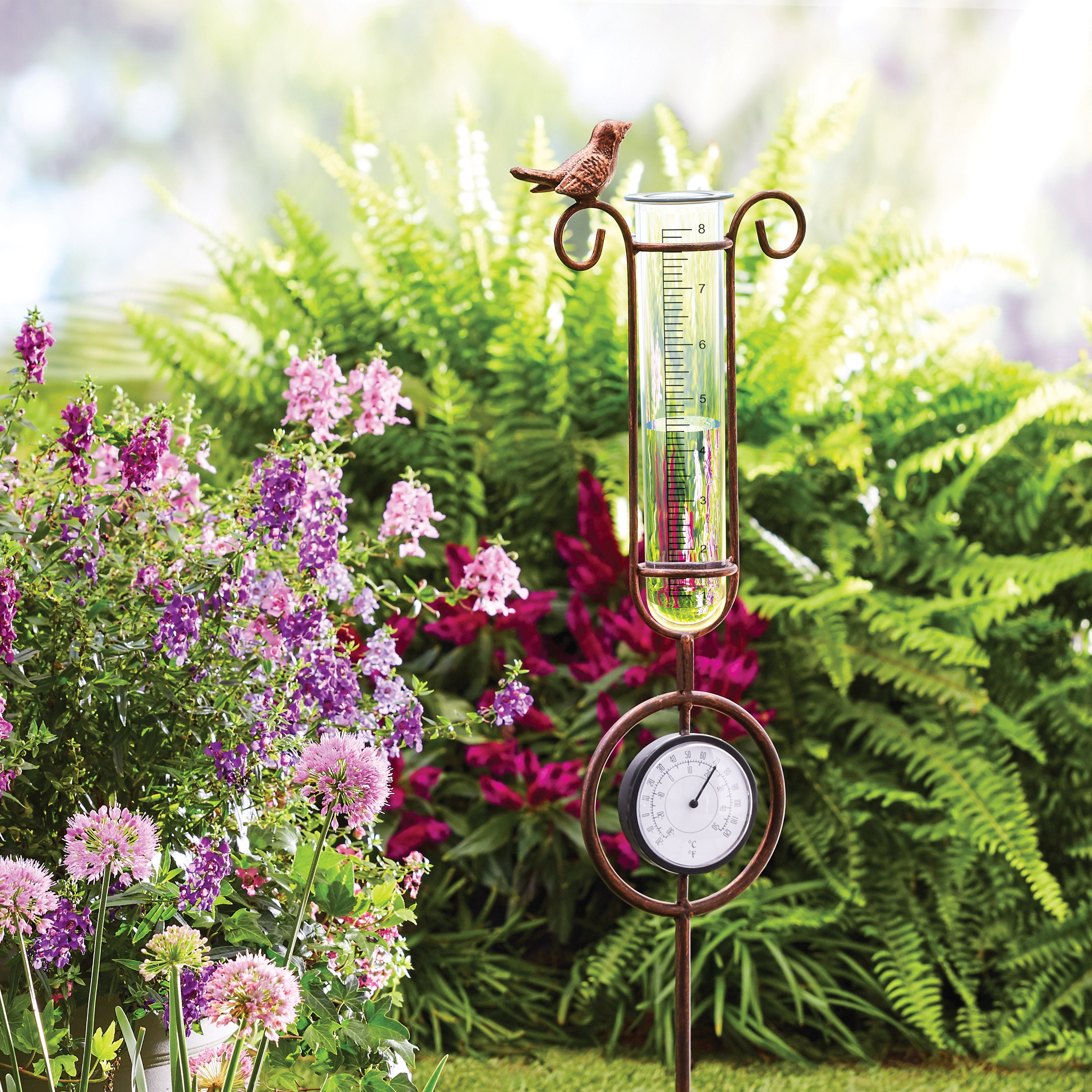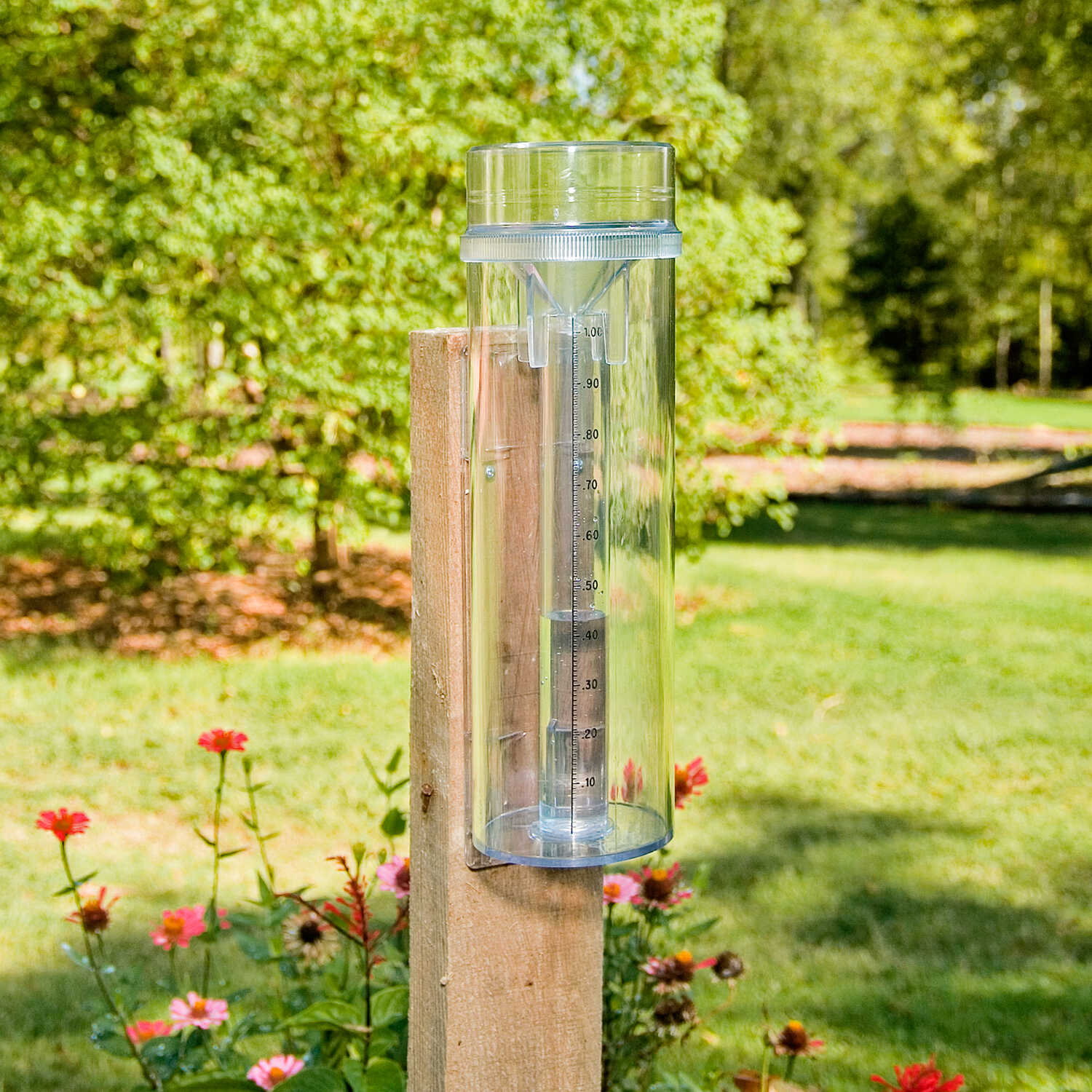Recognizing The Rain Gauge: Value, Kind, and Usage Explained
Recognizing The Rain Gauge: Value, Kind, and Usage Explained
Blog Article
Do It Yourself Rain Scale: Straightforward Steps to Make Your Own
Are you thinking about tracking rains in your area? Creating your own do it yourself rainfall scale is a effective and easy method to gauge and tape rainfall. With just a couple of typical products and some standard actions, you can easily construct your own rainfall scale in your home. In this guide, we will offer you with a step-by-step procedure to help you produce your very own rainfall gauge. No demand for any specialized knowledge or devices - this job can be finished by any person. By adhering to these easy guidelines, you will have a trustworthy tool to determine rainfall and add to your understanding of the regional weather condition patterns. Let's get started on making your DIY rain gauge today!
Gather Materials
To start creating your DIY rainfall gauge, collect all the required materials making use of a thorough listing of items. Having the appropriate products on hand will certainly make sure the successful creation of your rain gauge and enable for exact dimensions of rainfall. Gathering these products in advance will simplify the construction procedure and make certain that you have everything you need to create your very own DIY rain gauge.
Prepare the Container

Mark the Measurement Increments
To precisely gauge the amount of rains, properly marking the dimension increments on your do it yourself rain scale is important. Without accurate and clear markings, it would be challenging to determine the precise quantity of rains collected in your rainfall gauge. Right here are the actions to note the dimension increments on your rain scale.
The most typical systems for measuring rains are millimeters and inches. When you have chosen the system, use an irreversible pen or waterproof paint to mark the increments on the side of your rainfall scale.
When noting the increments, it is very important to guarantee that they are uniformly spaced and clearly visible. Utilize a ruler or gauging tape to make certain accuracy and uniformity. In addition, make certain that the markings are resistant to fading or scrubing off, as exposure to the aspects may create them to weaken in time.
Area the Rainfall Gauge Outdoors
The rainfall gauge ought to be put outdoors to precisely accumulate rains information. The location selected for the rainfall scale ought to be open and cost-free from any blockages that could YOURURL.com potentially affect the dimension of rainfall. It is necessary to discover a place that is not obstructed by trees, buildings, or various other frameworks that might obstruct the rainfall from reaching the gauge. This will certainly ensure that the gathered data is agent of the actual rainfall in the area.
Furthermore, it is vital to position the rain scale on a steady surface area, such as a level ground or a tough blog post. This will certainly stop any motion or tilting of the gauge, which might result in unreliable dimensions. It is likewise suggested to stay clear of positioning the scale near any resources of artificial water, such as lawn sprinklers or water drainage systems, as this might disrupt the accuracy of the measurements.
Display and Document Rain Information
Regular tracking and recording of rains information is crucial for exact information analysis and interpretation. By monitoring rainfall measurements, you can obtain important understandings right into weather condition patterns, climate patterns, and water resource management. To properly check and tape-record rains data, it is essential to develop a regular and maintain consistent practices.
Firstly, guarantee that your rain scale is positioned in an open area away from barriers such as trees or structures that may block rains. Furthermore, make sure the rain gauge is degree and firmly secured to avoid any type of motion that could influence the precision of the measurements.

When tape-recording the rainfall information, it is crucial to note the date and time of each dimension. Utilize a ruler or a measuring stay with figure out the rainfall depth in the rain scale, and record this info precisely.
To ensure the precision of the measurements, it is advised to empty the rain scale after each recording. This will certainly prevent any type of overflow or dissipation from affecting succeeding measurements.
Final Thought
Finally, creating a DIY rain gauge is a simple and practical means to monitor and tape-record rains data (The Rain Gauge). By adhering to the actions detailed in this write-up, you can easily gather products, prepare the container, mark the measurement increments, and position the rain scale outdoors. Consistently monitoring and videotaping rains information can offer important details for different objectives
Having the appropriate products on hand will make sure the effective production of your rainfall gauge and enable for accurate dimensions of rains.To accurately gauge the amount of rainfall, accurately noting the dimension increments on your Do it yourself rain gauge is essential.The rainfall scale ought to be put outdoors to precisely collect rains click here for more info data. The location chosen for the rain gauge should be free and open from any type of blockages that can possibly impact the dimension of rains.In conclusion, creating a DIY rainfall scale is a easy and functional way to monitor and tape rains data.
Report this page